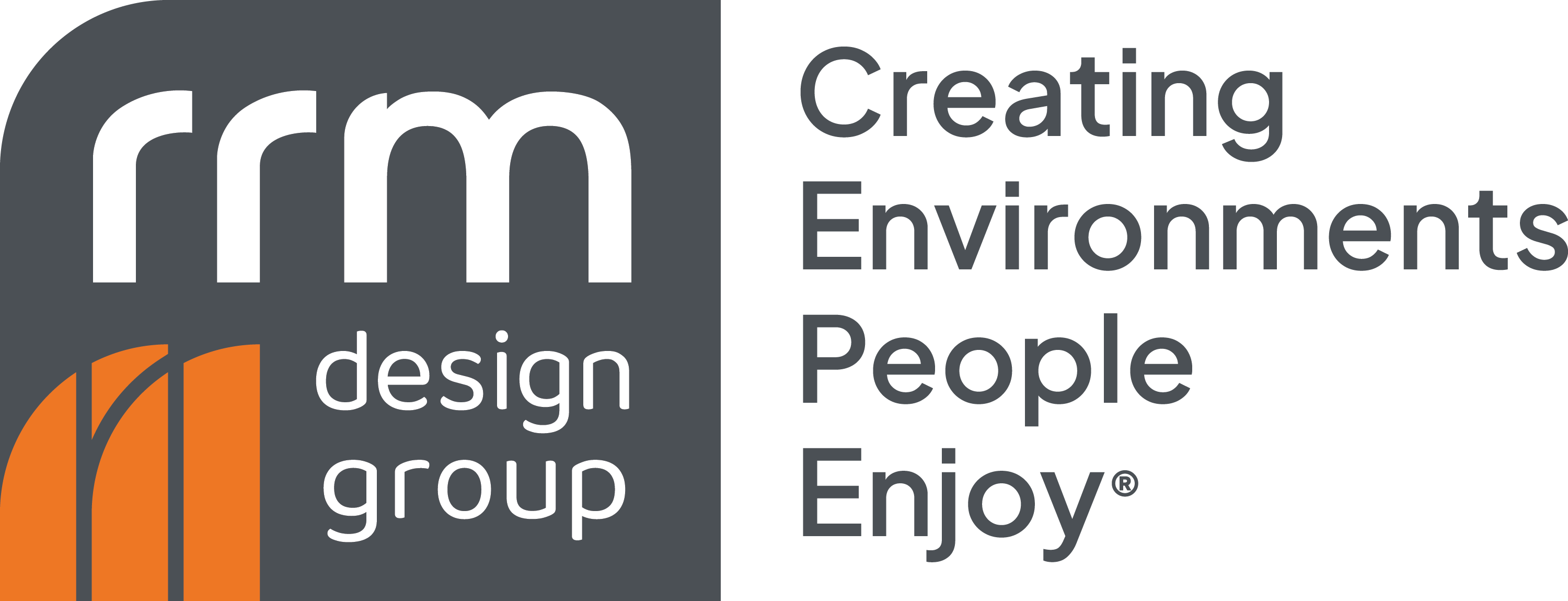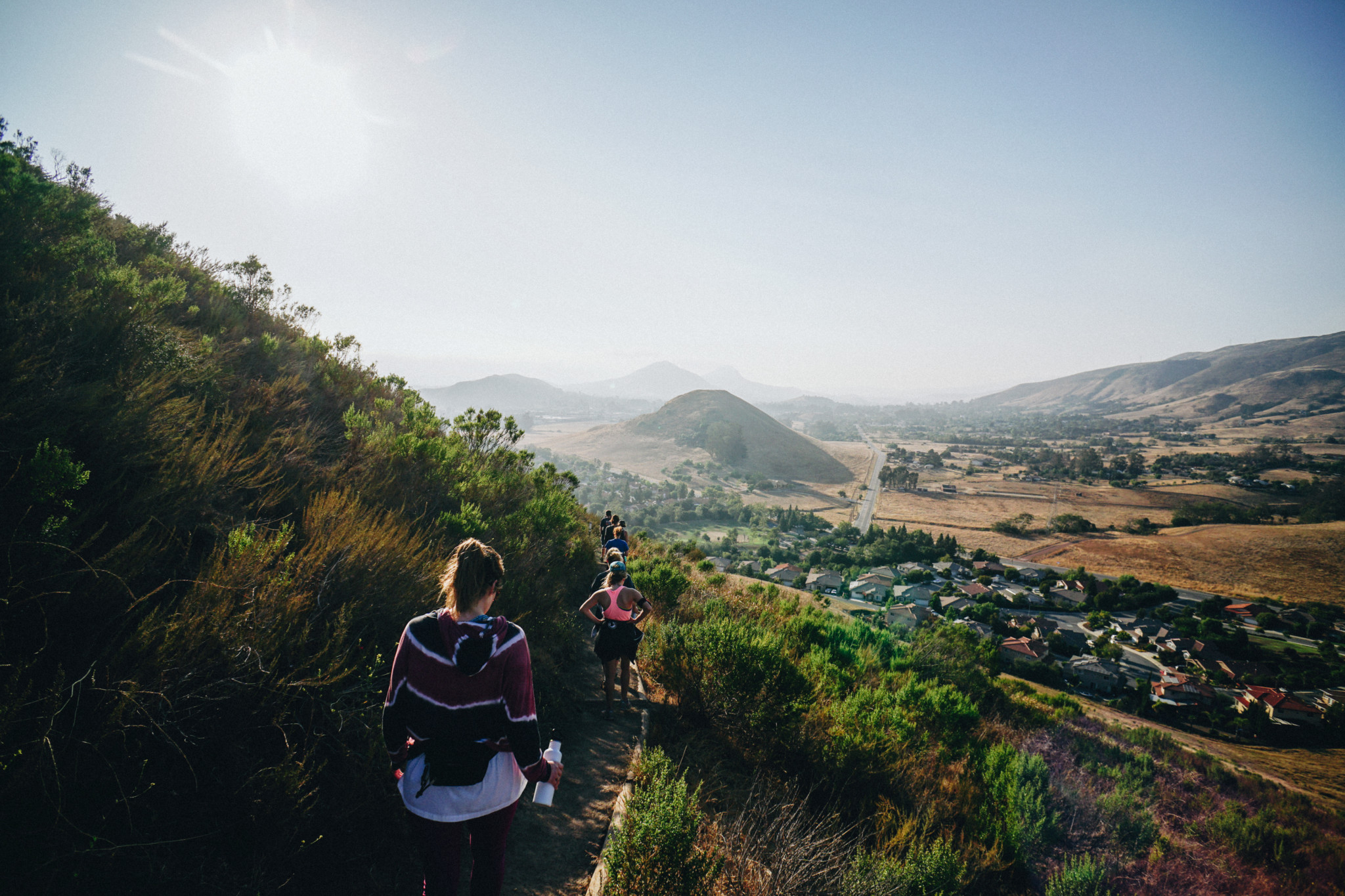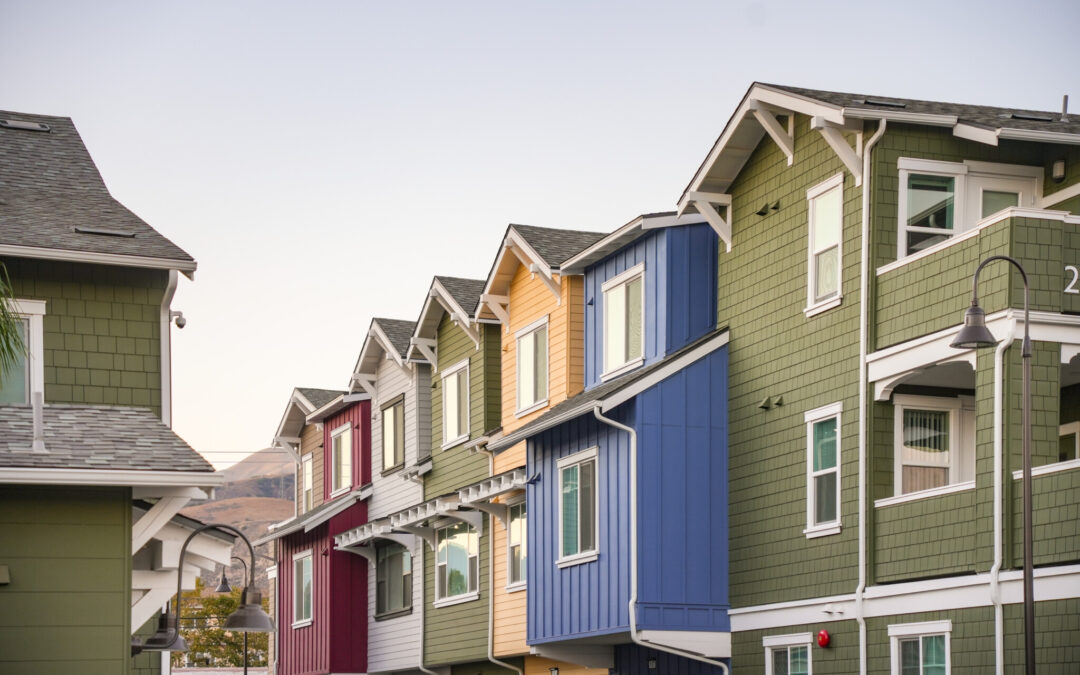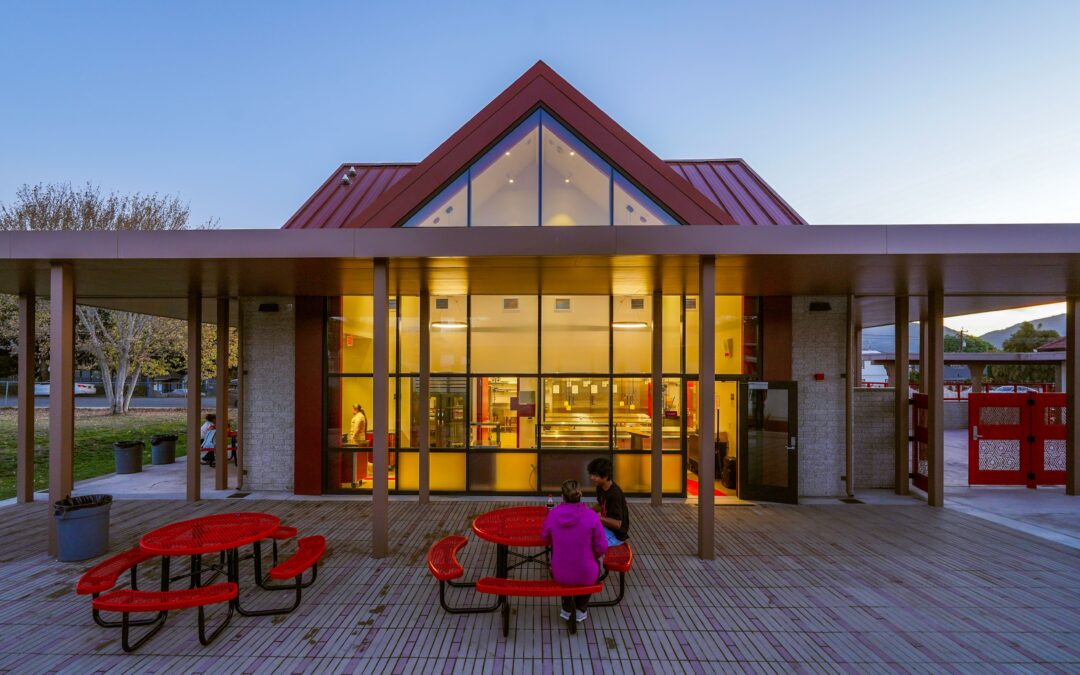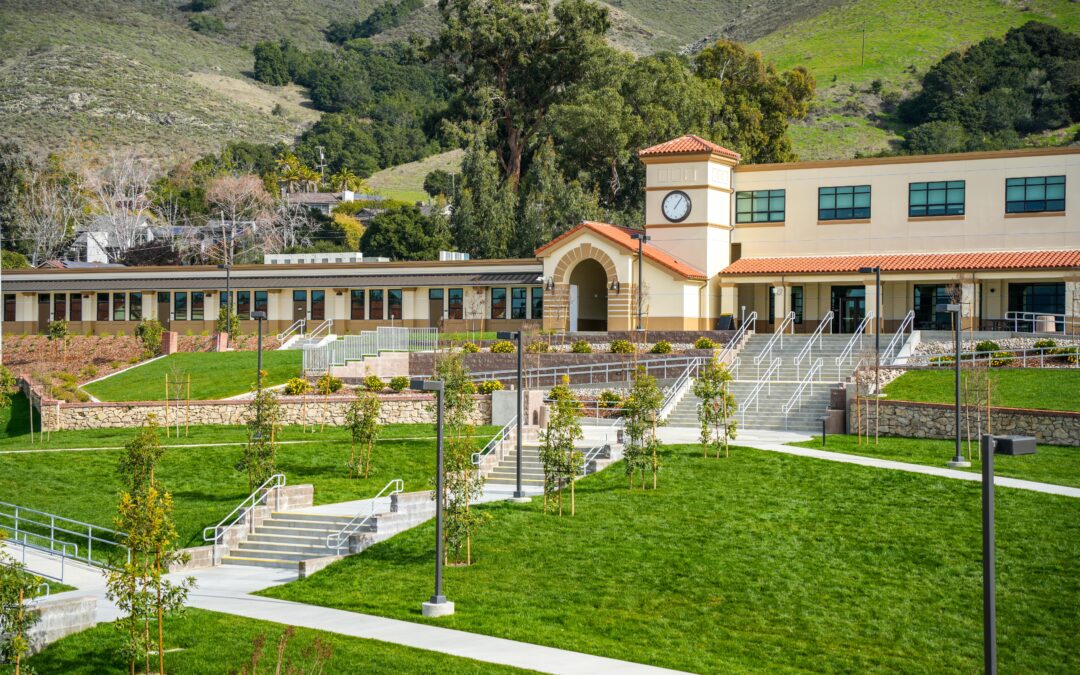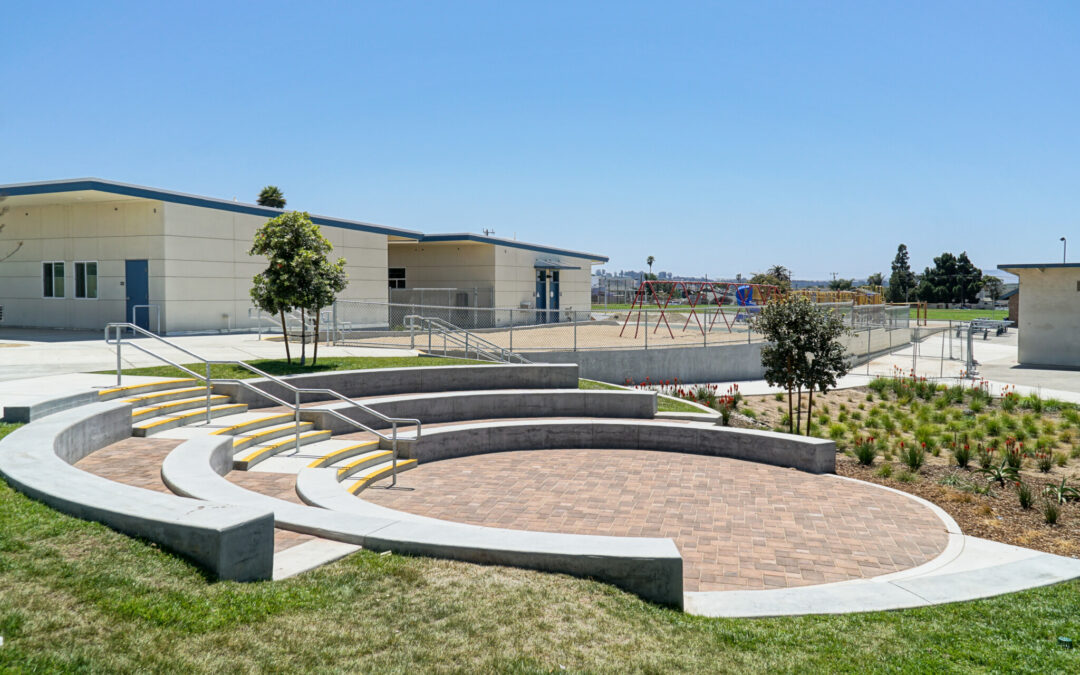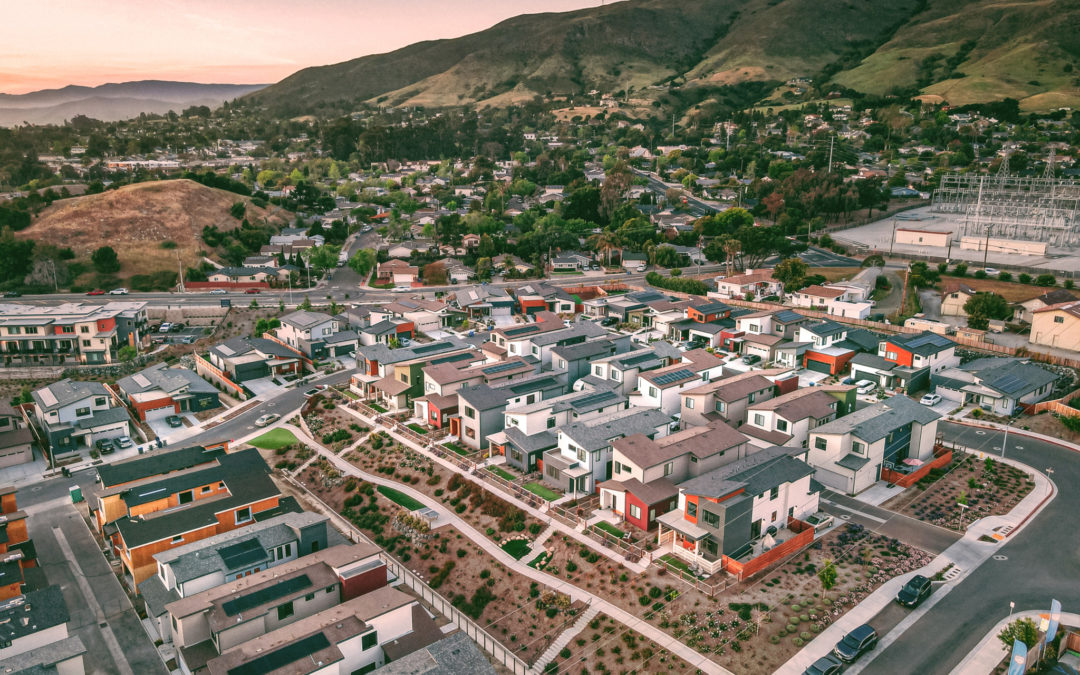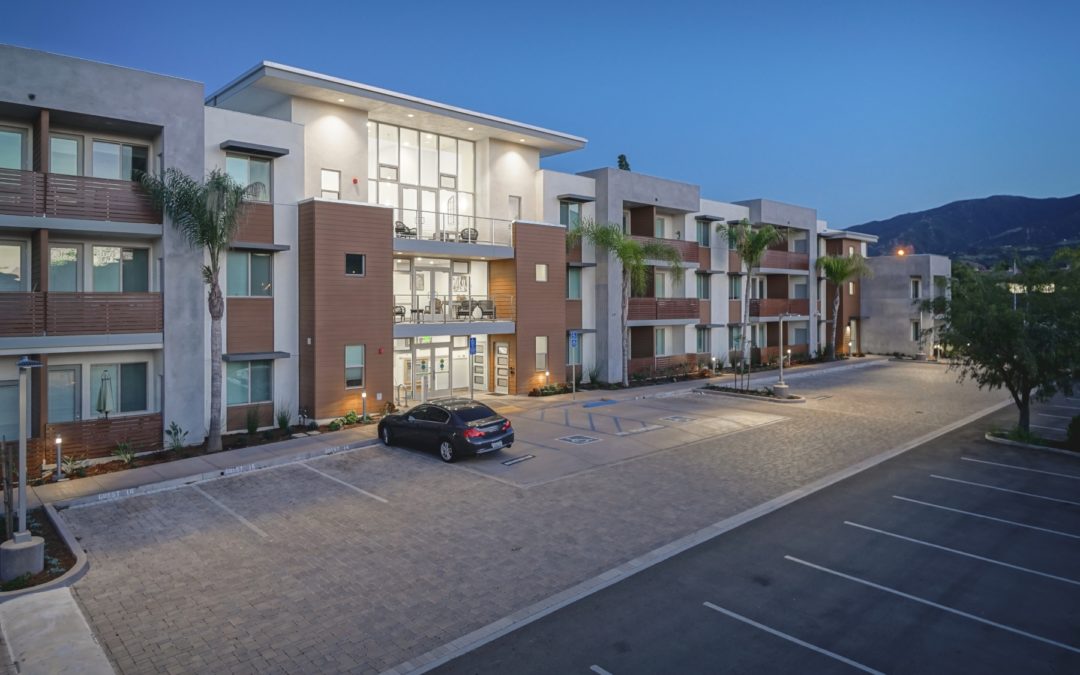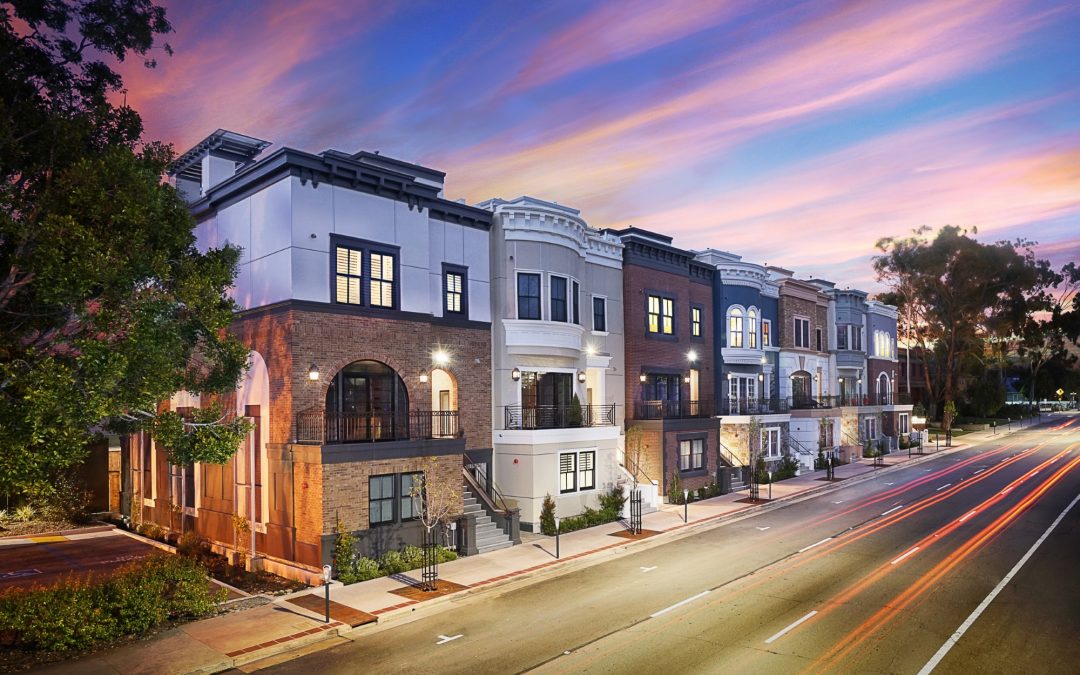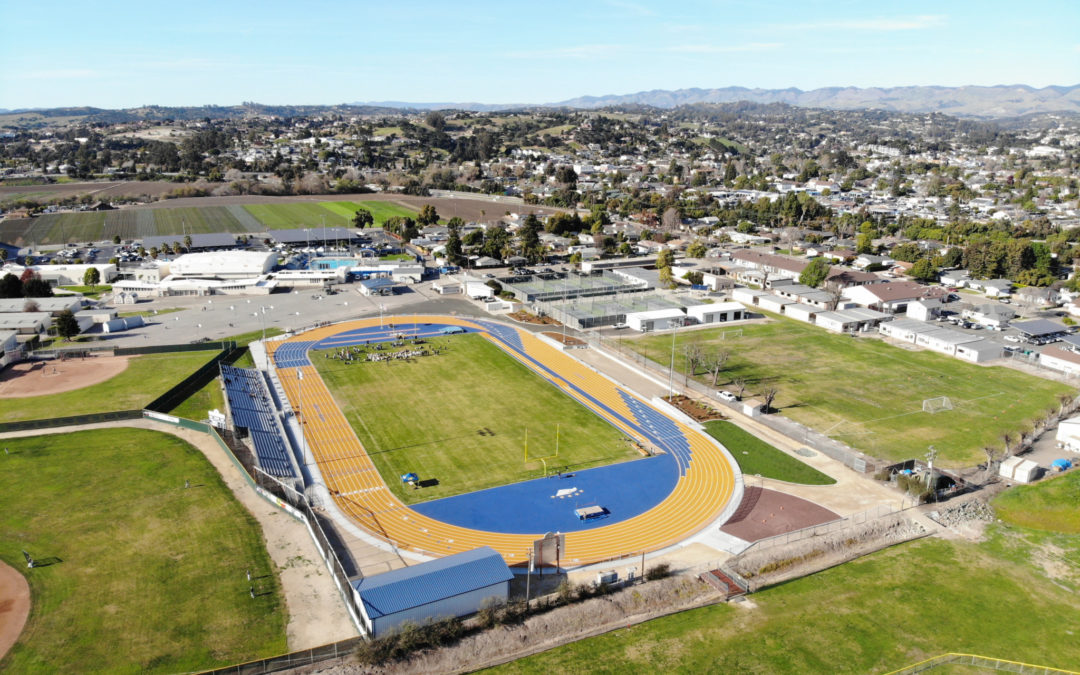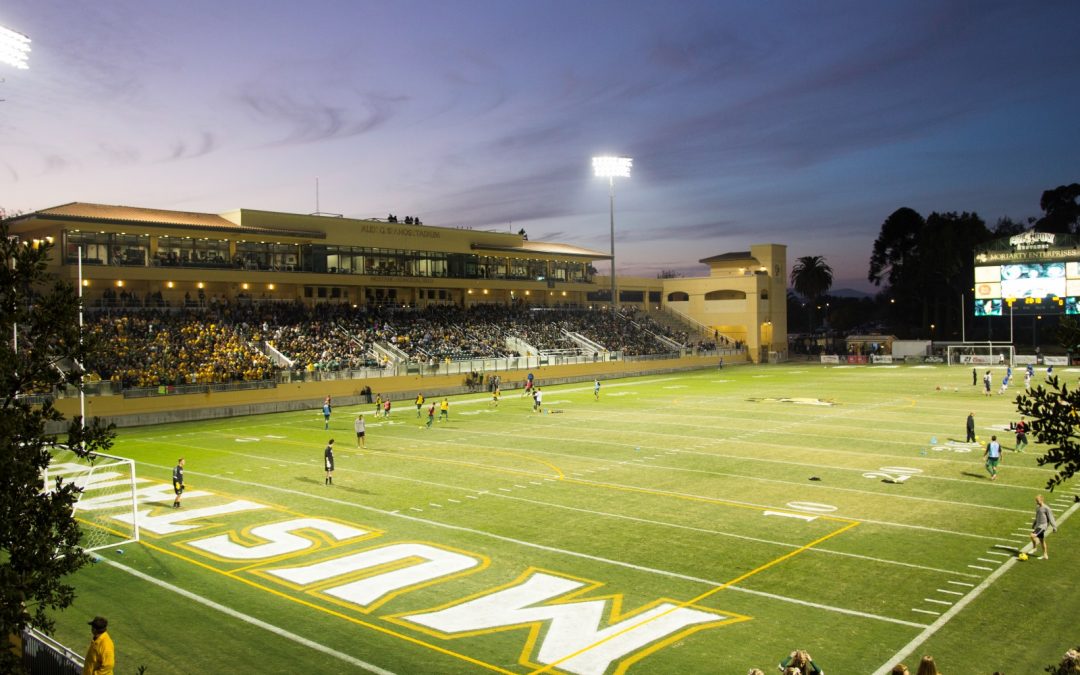Why do you think we’ve been seeing people gravitate towards parks and open spaces during the pandemic?
Melanie: I think people find relief from stress through a connection to the natural world. The pandemic has placed an array of stresses on people and being exposed to the outdoors and nature anchors us as other creatures on the planet. For a lot of people, getting outside is their therapy.
Brian H: Totally concur with that. On another level, it’s safer to be in larger numbers outdoors than it is indoors – social distancing is naturally easier outdoors. People are tired of being indoors. Especially those first few months.
Bryan R: Not to get too philosophical, but I think human beings are built to be out in open space. Outside and moving around. So, when your locked down or you’re confined to one space or an indoor space, it kind of makes that dichotomy a little bit more extreme. I think people rebound from being inside so much to wanting to be in a natural habitat – in open space. And to reiterate what Melanie was saying as a form of stress relief – being outdoors does wonders.
Brian H: I think the importance of the outdoors is something we may have taken for granted before the pandemic. This impact and the shelter-in-place has made us realize how much we need it. When our daily priorities were impeded upon and boundaries were placed on us, it forced us to start looking for those opportunities to be outdoors more frequently.
Melanie: One thing I’ve noticed is that the pandemic hit a reset button. Before, people spent so much time in their day-to-day routines that were not always efficient or ideal. For example, a lot of people discovered that removing commute time from their lives, afforded time to go outside before or after work or on during their lunch break. I think the pandemic exposed what was going on in our lives and has allowed people to re-prioritize other important things in their lives – like getting outdoors.
Brian H: It’s interesting to see that people are spending more time with their families than they perhaps did before. It used to be something you always had to really carve out time for. I have found it to be a welcome change for most people and I hope to see that more quality time with family doesn’t go away when COVID19 is resolved and everything moves back to the way it was. I think that time is going to be hard to reel back from people. Whether that’s time with one’s family, time being outdoors, or just being closer to home – I think those are going to be hard things to reclaim.
Bryan R: I think having kids is another factor that showcases the importance of outdoor spaces. Just the nature of having kids – you cannot be stuck inside all day. And when your options are narrowed, you really gravitate towards the outdoors and the handful of parks nearest to you because it’s necessary to get outside and get kids exercising.
How have you seen parks and open spaces being used, beyond just spaces to be outside?
Melanie: I’ve noticed that local parks are serving new purposes for local businesses. For example, a nearby yoga studio that shut its doors due to the pandemic, is holding yoga classes in the park. I think this is totally acceptable – we want our businesses to make it out the other side, and this is an innovative benefit for the studio, and the community. Similarly, as restaurants shut down for public seating, we’ve seen an increase in people are getting takeout and meeting up with their friends socially distanced at a park.
Brian H: It’s as though parks are serving as our neighborhood outdoor living rooms, family rooms, and kitchens. Places to go that are essentially an extension of our homes. One thing I’ve observed too is that this time has really shown the number of people in parks and on trails especially. I think people are realizing how many there are close by and that there are actually a lot of resources very close to home. So many parks and trails are starting to be used more often since we have been forced to be closer to home and not travel as much.
Bryan R: I think exercise is another obvious one which is a little bit self-explanatory. When you get people in spaces that they learn to appreciate, people become more invested. Parks, trails and recreation facilities are all run and paid for by people’s use. So as people are becoming more invested in those areas are learning to enjoy outdoor spaces, it’s huge for our industry. Whether it’s local city parks, trails or national parks and open space, if no one is there to appreciate them and protect them, they don’t get a lot of funding or attention.
The pandemic has been highlighting the access levels to greenspace. How would you say limited access to green space impacts communities? Do you think all communities should have access to green space?
Brian H: I think everyone should have the access to green space – that’s a definite ‘yes.’
There’s no reason every community shouldn’t have access to green space and parks. You see urban areas that are park-free and assume that they just do not have the space. But if you look closer, there’s a lot of abandoned lots and spaces that could be converted and should really be considered as potential parks or recreation facilities. Everyone should really have access within walking distance of where they live. It’s truly a sad thing when you see communities like that and there’s quite a bit. There are grants and initiatives aiming to help fund parks in disadvantaged communities, such as Prop 68, but this is definitely an issue that deserves more attention
Melanie: It was interesting to see some of the urgent responses in urban areas to the pandemic. Some municipalities recognized they needed to strategize how to use the roadway system to support communities getting out and getting exercise. Cities like Oakland, Berkeley, Seattle, and even San Luis Obispo were really ahead and creating open space for the community in this way. Cities’ reassessments of roadway priorities have been incredible in terms of providing open spaces to communities. Roads make up like 20% of the land cover in urban areas. It makes you think, maybe we don’t need all of these roadways for their traditional purposes.
Bryan R: I think this question gets into the integration between Parks, Transportation, and Right-of-Way. Continuing from what both Melanie and Brian said, it’s not only having the open space but it’s the ability to access it. The proximity to its users – how do users get to those open spaces? These are very big picture challenges. And I think a people are starting to realize the importance of these issues. Parks and Recreation doesn’t always take the forefront when you’re talking about transportation and right-of-way, so that’s one hope that this time will bring a renewed attention to the development of these spaces.
How would you define RRM’s role in the development of outdoor spaces?
Brian H: You know our role as professionals, having been in the business for a long time, is to really share our knowledge on how to best support these communities. When we start working on projects we are hired by an agency. But in a sense, we are really hired by that community, because it is their tax dollars that are used to purchase and develop the potential park or trail. We do public outreach and because at the end of the day, we are really working for a community. During outreach we may share our knowledge on how we could design or convert the spaces for public use, but the community – they get to have a say in it and really shape that outdoor space. I think that is where our role is important. Though our expertise is our collective effort in designing these spaces, a key component of our job is really to listen and gather that information so we can put it into action.
Melanie: Bouncing off of what Brian R said earlier, which is how interrelated these issues are – I see a parallel between that and how interconnected our work is at RRM. We have people who are working on both public and private projects. We’re architects, planners, engineers, landscape architects with overlapping roles. In some cases our private projects are actually developing infrastructure that will become public. For instance, the City of San Luis Obispo is connecting the multi-modal system piece by piece, and many pieces are being built through private development. Without that private development, we wouldn’t have some of the amazing connections we’re starting to see from the edges of town, to neighborhoods, to downtown.
Bryan R: I think we’re also not just serving the users, we are the users as well. I’ve never worked for a company where there’s so many public land stickers and bikes in the office and co-workers with kids going to parks all the time. Yes, this is our career, we work in this industry, but we’re experts because we know and use these spaces outside of what we do 8 to 5. We know how to integrate our skills and our experience into those communities in a way that gives the community what they want and delivers to our client.
How do you think RRM can make an impact on outdoor spaces beyond the pandemic? And does the future of parks and rec look any different beyond the pandemic?
Bryan R: What we’ve started to do is look at different creative ways to increase access to open space with a variety of agencies. Whether that be looking at their existing right-of-way ownership or their existing transportation projects and how those can be integrated into increased usable space. With the pandemic kind of increasing demand for green spaces, I think we’re going to see a lot more interest in finding ways to get more open public spaces, public parks, and recreation facilities within the city at a greater level of access.
Brian H: I think it is really going to change the urban fabric from what we see today. I see so many more people out and about walking down the street, downtown, at the beach, in parks, and on trails. In greater numbers than before the pandemic. The rapid increase of e-bikes are changing people’s bicycle mobility. The continued increase of e-bike use will eventually reshape our streets, giving more lane space to bike users and vehicle lanes shrinking down a little bit more or increased shared use lanes. People are going a lot faster on e-bikes and with a greater reach. It will also change how people get to open space trails.
On a different note, the realm of outdoor dining areas has changed the urban sidewalks and streets. I think it is going to be really difficult for cities to reclaim those space and parking areas. Business are going to find it hard giving up that outdoor pedestrian space and parking is not going to be the topic that shapes our streets and urban areas.
So anyway, those are the things that are happening right now, and I think they’re going to be the areas where our expertise is going to turn toward finding those design solutions.
Melanie: I agree what Bryan said. It’s crazy to think of how 8 months ago people would say things like “I need parking right in front of my business,” and now priorities have completely changed.
Brian H: I did a little survey in downtown San Clemente and I just asked several people sitting around if they minded if I ask a few questions. They agreed, so the first thing I asked was, “do you like dining outdoors more than indoors?” and they all raised their hands. Every one of them raised their hands. Then I said, “Did you feel like parking was an issue today? Because they’ve taken out about 2/3 of the parking.” And no hands went up. No parking was not an issue. I was amazed because that’s always the first thing that we run into. It’s like a sacred thing. But people really don’t mind parking it a little further and walking. Especially, if we’re starting to adapt to this new way of life where walking is more pleasurable. Then people don’t mind parking a bit further out and walking because it’s part of the experience.
Space now is more valuable than it ever was before. We are already seeing that happen on projects where the smallest of space is going to be accounted for in some way or another. Nobody is going to be like “well, you know, just leave that aside and we’ll deal with it later.” It will get incorporated. And if it doesn’t by design, it will by nature of how people are using the space.
Lastly, post COVID-19, how do you think open spaces will change? Will they be bigger, smaller, more flexible, etc.?
Brian H: Yeah, it’s funny how that’s inherently happening already – and how quickly that happened. I mean, remember when they first said we were going to have to stay indoors and restaurants were going to have to turn inside out in every single urban area – if not in the world, then definitely in the country – they did that in record time. Within weeks there was a blossoming of outdoor dining in every urban city across the country. So just being able to be adaptable with a space and have flexibility in it can be very important.
Melanie: I expect circulation is going to be looked at differently. Especially pedestrian circulation. Before, we never really thought about needing to be 6 feet from other groups while walking or how to space people in the pocket areas where people need to stop or wait. I foresee pedestrian circulation across the board will open up as a part of the way we design these spaces.
Brian H: We’ve always tried to look for opportunities to create loops within trail systems. When the pandemic hit, now more than ever people wanted to utilize a trail loop system because it allows people in to circulate in one direction. There’s also compound loop systems so you can circulate people in different directions. I think that both of these trail systems will probably be explored further, if this continues to be a cycle.
Melanie: With news about a vaccine, people may be thinking this stuff will go away pretty soon and we won’t have to worry about these issues anymore. But the reality is, there will probably be other widespread health and safety threats beyond just COVID-19. Moving forward, we’ll probably be dealing with public health-related issues a lot more than we think.
Brian H: Whether we have pandemics again or not, people’s expectations are going to just be at a different level about open space and urban change. This is really the way spaces should have been, it’s just that the pandemic brought us here faster. From converted streets to outdoor dining, and more usable multi-modal systems, people are going to expect these now and in a good way. I think that’s the change we’re going to see happening and that we’re already seeing happen.
Any final remarks?
Melanie: My one final remark is that I really want to acknowledge how fortunate we are. We are able to continue working. Our communities have open space and healthy air. Going through this helps us recognize that there is not equality for all communities. As professionals who design outdoor spaces, helping communities achieve greater access is one of our biggest responsibilities.
Brian H: That’s a great point. There’s an inequality in access to open space, but when you think about it, open space itself is actually the great equalizer. You can go to any open space and everybody from every walk of life is enjoying themselves in that space equally enjoying it. The inequality of it being available is the part we have to dig into at and find ways to overcome.
